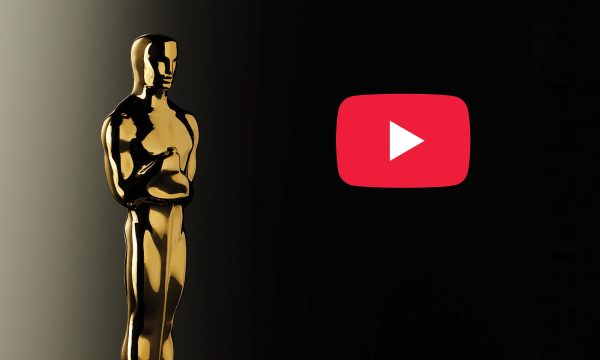Credit: NASA’s Goddard Space Flight Center
On Sunday, Sept. 13th, 2015, the moon will partially obscure the sun from view in southern Africa and much of Antarctica during a partial solar eclipse.
An eclipse occurs when the moon passes directly—or nearly directly, in the case of a partial solar eclipse—between the sun and Earth. Because the moon’s orbit is slightly tilted with respect to the sun-Earth line, its shadow only infrequently passes across Earth’s surface.
The Sept. 13 partial eclipse will be an example of a less dramatic eclipse – the moon will only cover about 80 percent of the sun, which will not equate to noticeable reduction in light for observers on the ground. If you’re lucky enough to be in one of the areas in the Southern Hemisphere that will see the eclipse, remember that you should never look at the sun directly. A partial eclipse should only be observed by using a telescope with a special solar filter, eclipse glasses, or a pinhole projector.
Such partial eclipses are of limited scientific value, unlike total solar eclipses, which can grant unique views of the sun’s atmosphere. Scientists are gearing up for a total solar eclipse on Aug. 21, 2017. The August 2017 total eclipse will be visible from an approximately 100-mile-wide path that cuts diagonally across the United States. Those in North America who are not along this narrow path—called the path of totality—will see a partial solar eclipse that day. The August 2017 eclipse will be the first total solar eclipse visible from the contiguous United States since Feb. 26, 1979.













